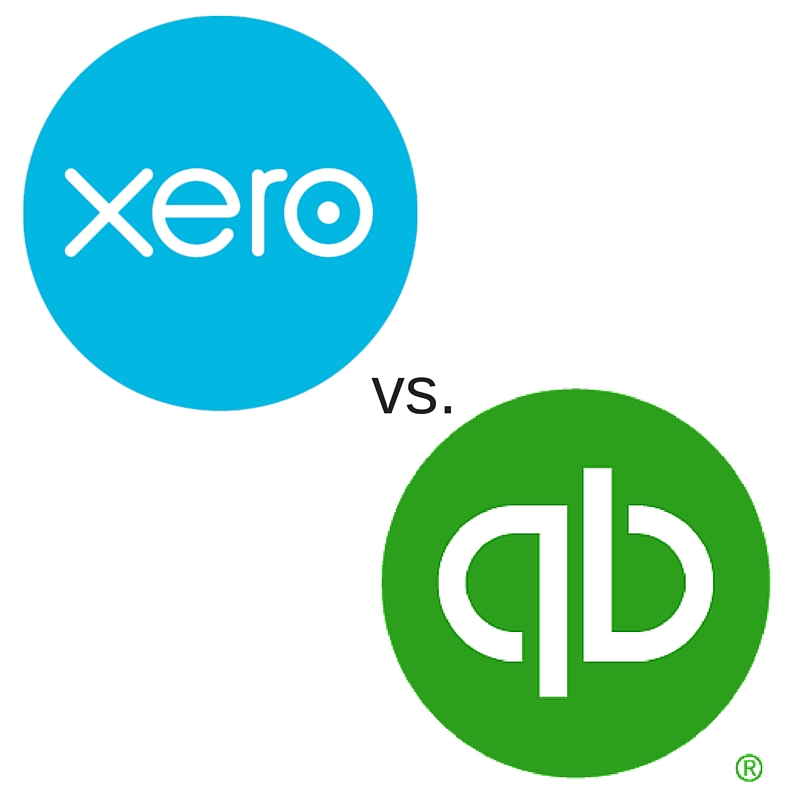How many products and services do we use for free (legally) that cost others a significant amount to develop? Look at your phone. Free apps probably far outnumber paid apps. How much do you pay for your personal email service? How many websites do you pay to access? What was your long distance phone bill last month?
Compare this to 25 or 50 years ago. Not much was free except a neighbor doing a good deed. I’m not aware of free software that long ago. Over the holidays my extended family brought up memories of long distance phone bills in the hundreds of dollars per month.
What has changed?
The difference is marginal cost. Technology has driven the marginal cost of many products to zero or near zero. The marginal cost is the cost of providing one additional unit (not taking into account fixed costs).
Software as a Service (SaaS), or software delivered over the Internet, is a perfect example of a near-zero marginal cost product. Good software can take many millions of dollars to develop and support (fixed cost), but the cost of providing that software to one additional person is almost zero.
Declining marginal costs have significantly impacted our society. Overall, I believe the impact has been positive, but it has upended entire industries.
Consider the music industry. The zero marginal cost nature of digital music decimated artists and music labels who profited from selling CD’s. In the days of Napster, many argued that free music didn't hurt anyone because downloading a song didn’t cost the artist any extra. The industry has adapted, but it is forever changed.
None of this is news to you. Even if you didn’t think of the changes in terms of marginal cost, you can see how it affects your life now.
But have you thought about how zero marginal costs might affect your future? Investors need to consider what industries may decline and what opportunities will rise in their wake. Business owners and managers need to consider how this trend will affect the industry they operate in. Students need to consider what career paths will be in highest demand and what will become obsolete.
I have been thinking about this concept since reading the book, The Zero Marginal Cost Society, by Jeremy Rifkin. The author extrapolates the trends toward zero marginal cost to other industries. He argues that almost every aspect of our lives is trending this direction. Over time, almost everything we need will have a near-zero marginal cost.
He even argues that zero marginal costs will eventually relegate capitalism to a small niche. Capitalists won’t be willing to invest in significant fixed costs when the investment can’t be recouped through free or near-free products.
It almost sounds socialist, but the author isn't arguing that government needs to take over and provide the fixed costs for everything we need. Rather, he argues that the abundance made possible by zero marginal costs will lead to collaboration and cooperation between groups of people to provide for the fixed costs.
Consider the following examples of how near-zero marginal costs are changing society:
Open source software projects like Linux and Mozilla have brought together thousands of people, in a remarkable unstructured way, who donate their time and expertise to build great products that millions can enjoy for free.
Online education is being provided inexpensively and free by the same organizations that charge tens of thousands of dollars per semester for the same education in a classroom. I recently took a massive open online course (MOOC) on scaling startups taught by two Stanford business school professors. The class was free for thousands of students. It could be free because the online delivery platform and class curriculum was already developed. Providing the class to one extra student has no cost.
3D printers are barely beginning to show their potential. 3D printers can create body parts, houses, cars, and almost anything you can think of with minimal raw material cost. Why pay up front for a container of trinkets from China and wait weeks for delivery when you can print only what you need right from your office?
Solar energy is basically free after the equipment cost. The high equipment costs make for a long payback period, which has limited adoption. However, the speed of technology improvement and price decrease is rivaling what we have seen with computing power.
The sharing economy provides access to expensive assets for a small marginal cost. In urban areas, services like Uber and Zipcar meet personalized transportation needs for a small cost per ride. Airbnb and VRBO provide convenient access to a wide variety of properties. My family just went in with two other families on renting a house near Disneyland. We have access to a good-sized house with a bed for every person for less than half of what we each would have had to pay for a small hotel room. Access is becoming more important that ownership
I don’t know if the radical societal changes will come to pass as completely and as quickly as the author predicts. However, there is no question that many aspects of society have changed and will continue to change because of declining marginal costs. It would be wise to consider how these changes will affect our investments, our careers, and our daily lives.
Question: In what ways do you think zero marginal costs will affect our future?





















